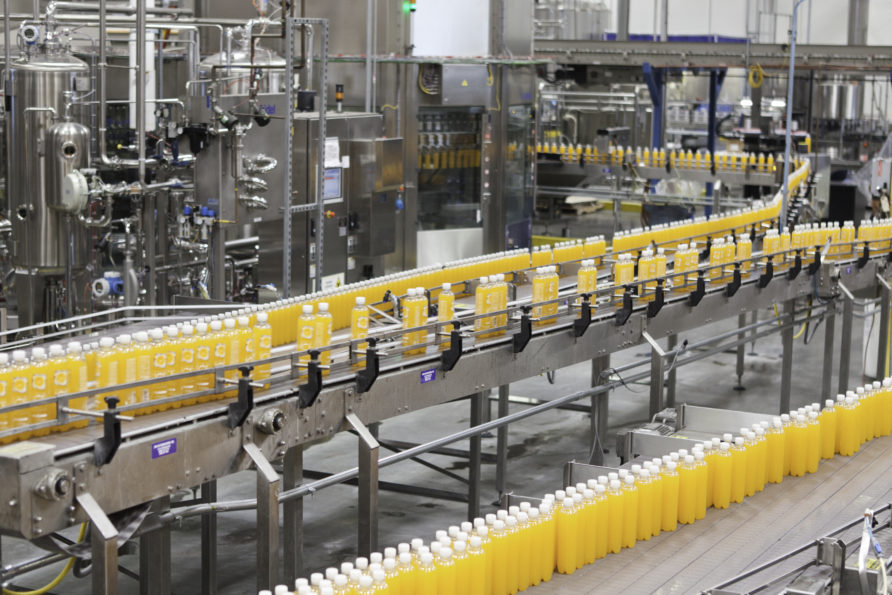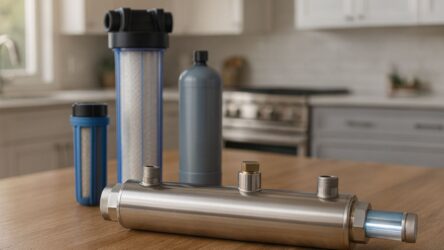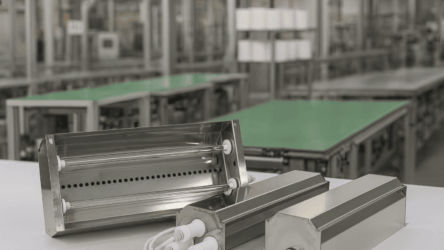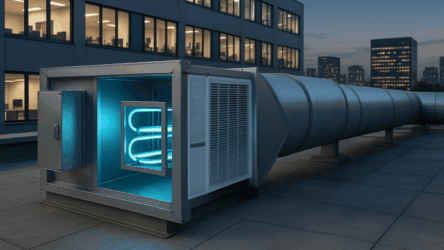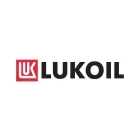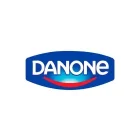Cleanliness in food production is critical, especially in the context of packaging. Effective decontamination of containers and surfaces in contact with the product can prevent the growth of pathogens and preserve product quality. In this article, we will review the technology of container disinfection on a conveyor line using 254 nm ultraviolet radiation, as well as the factors affecting the effectiveness of this process.
Pathogenic microflora: enemy no. 1 on the conveyor belt
On conveyor lines, especially in the food industry, there is a constant threat from pathogenic microflora. Microorganisms such as bacteria and viruses find their way onto packaging containers and other surfaces, which can lead to rapid product spoilage and reduced safety for the consumer.
Ultraviolet technology for disinfection
To combat this threat, our engineers have developed an ultraviolet irradiator designed specifically for conveyor lines. This irradiator operates at a wavelength of 254 nm and is able to effectively kill microorganisms, preventing them from multiplying. It can be integrated into production lines either as standard or customized, allowing the equipment to be customized to meet specific needs.
Factors affecting the effectiveness of UV disinfection
The effectiveness of UV disinfection depends on several factors:
- UV dose: The UV dose is determined by the intensity and time of irradiation. The correct combination of these parameters is critical for effective disinfection.
- Packaging materials: Some packaging materials may be less susceptible to UV treatment due to their structure or color. This must be taken into account when selecting equipment and designing the process.
- Contamination level: The level of contamination on surfaces also affects the effectiveness of UV disinfection. Pre-cleaning may be necessary to maximize effectiveness.
Required UV irradiation dosage
The UV dose is the key parameter that determines the effectiveness of UV disinfection. It is measured in millijoules per square centimeter (mJ/cm²) and is the product of the UV intensity and the time of exposure.
- Dose determination: Different doses of UV radiation are required to effectively kill different microorganisms. For example, a dose of 10 to 100 mJ/cm² may be required to kill most bacteria, while up to 1000 mJ/cm² may be required to kill some viruses and spores.
- Factors affecting dose: The intensity of the UV radiation, the distance from the radiation source to the container surface, the transparency of the container material and the speed of the conveyor are all factors that can affect the actual UV dose received by the surface.
- Dose optimization: It is important to regularly monitor and, if necessary, adjust the UV dose to ensure effective disinfection with minimum energy consumption.
UV disinfection: always on the lookout for quality
Decontaminating containers on a conveyor line using 254 nm UV light is a reliable way to maintain cleanliness in food production. This sanitizing method, properly configured and applied, can prevent the spread of pathogens, ensuring product safety and quality. It is becoming an integral part of modern production processes that strive for the highest standards of cleanliness and hygiene.

